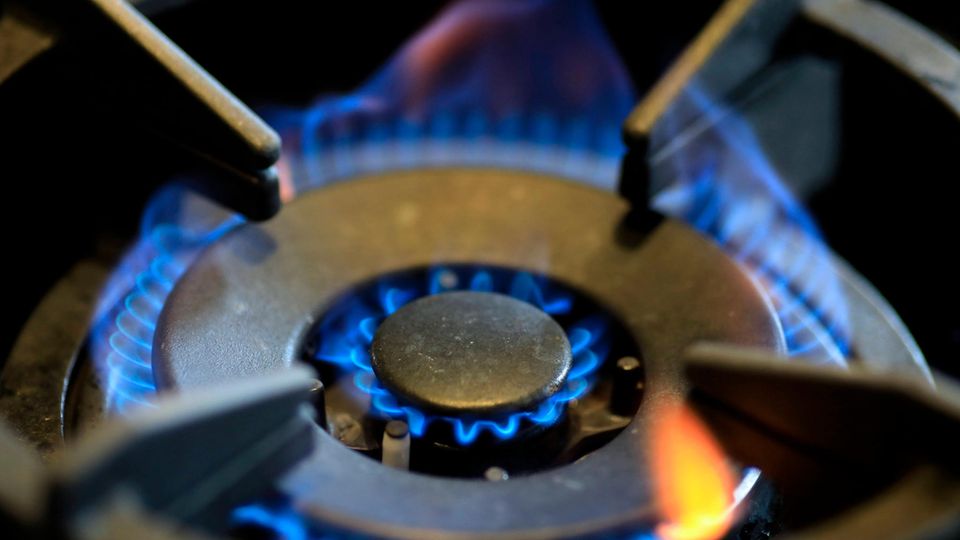Study on government aid
Who benefits, who pays anyway? This is how the relief packages for singles and families worked
One of the measures from the federal government’s relief packages: the 9-euro ticket
© Boris Roessler / DPA
Gas price brake, children’s bonus, 9-euro ticket – the federal government has relieved consumers of the high prices with numerous relief packages. What did the measures achieve? A study shows that for some a lot, for others not much.
According to an analysis, the federal government’s three relief packages to cushion high energy prices provided more financial support to some households than was necessary. That made one Investigation of the employer-related institute of the German economy (IW) in Cologne. For example, the state relieves an exemplary family with two children, which has a low annual income of 40,000 euros gross, more than the energy costs burden them.
Relief packages partly overcompensate for additional costs
If one parent in this sample calculation receives the full inflation compensation premium of 3000 euros from his employer and the other 1500 euros and the family has applied for and been granted all possible relief benefits for the years 2022 and 2023, they will receive a total of 7655 euros more relief benefits than they will in both years would have needed to compensate for the additional burdens caused by the high energy prices.
An exemplary single household with a low income (25,000 euros annual gross) is also overcompensated (plus 1386 euros) if he or she receives the full inflation compensation premium of 3000 euros from the employer. This tax-free premium is often decisive, as this case study shows: If the employer uses only half of the premium, the burden and relief in this case are more or less balanced. Without the premium, the single is in the red.
Singles with an income of …
… 25,000 euros | … 45,000 euros | … 75,000 euros | |
charges | – 2622 euros | – 3360 euros | – 4183 euros |
State Relief | 1008 euros | 808 euros | 1322 euros |
In total | – 1614 euros | – 2552 euros | – 2861 euros |
Employers can pay out the tax-free inflation compensation premium of up to 3,000 euros to their employees until the end of 2024. But not every employer makes use of this opportunity.
In other households, on the other hand, the state cannot compensate for the burdens caused by its measures. In purely arithmetical terms, this is the case for a well-earning family with two children: With otherwise the same conditions as the low-income family mentioned above and an annual income of EUR 120,000 gross, the family gets EUR 1,501 less in both years than it would have needed to to balance their additional burdens.
Families with an income of …
… 40,000 euros | … 70,000 euros | … 120,000 euros | |
charges | – 5388 euros | – 6569 euros | – 8099 euros |
State Relief | 8543 euros | 2311 euros | 2098 euros |
In total | 3155 euros | – 4258 euros | – 6001 euros |
The conclusion of the study’s authors: “Despite a fundamentally appropriate social staggering of state aid, it can be critically noted that various measures are neither targeted nor needs-oriented and therefore considerable scatter and free-rider effects arise.”
According to the IW calculation, the measures will cost the state around 240 billion euros in the years 2022 to 2024 – but the amount could also be higher or lower because it depends, for example, on the actual development of energy prices or on the number of employers who pay the euro premium.
The three relief packages were decided in 2022. In addition to the employer premium, the measures included the reduced tax on diesel and petrol, the nationwide 9-euro ticket for local transport and the gas and electricity price brakes.


